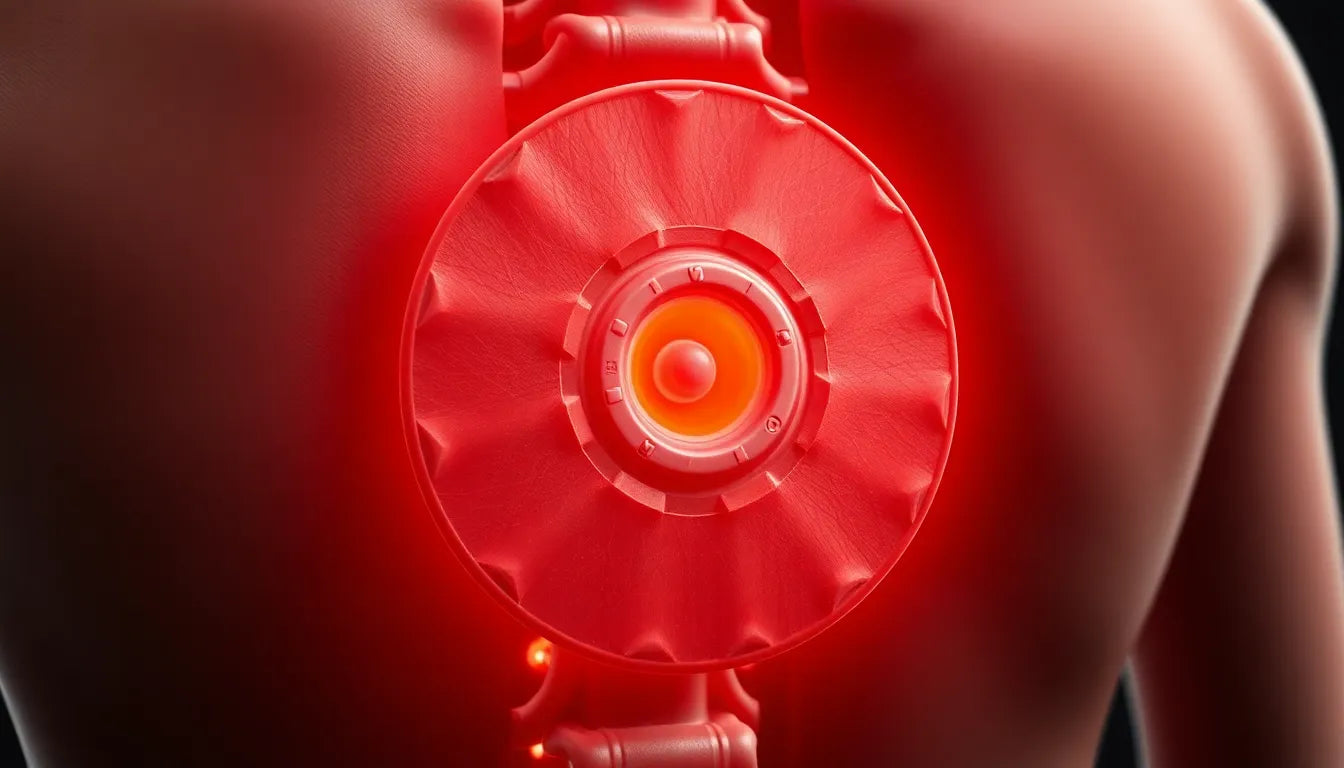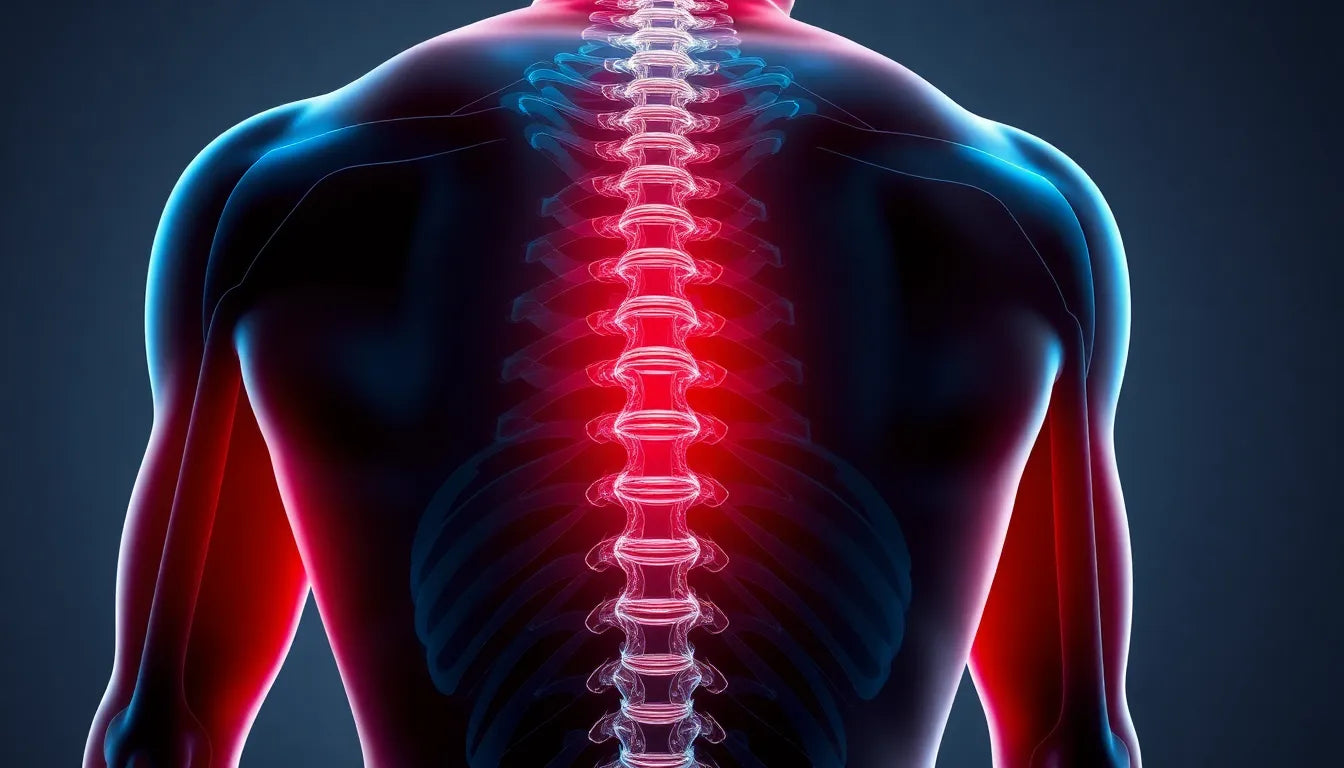In today's dynamic work environments, the concept of ergonomics has become increasingly significant. Ergonomics is the science of designing jobs and workplaces to align with the capabilities and limitations of workers, with the ultimate goal of maximizing efficiency while minimizing the risk of injury. This discipline is essential across various settings, from bustling offices to demanding healthcare facilities, where it plays a critical role in preventing workplace injuries and enhancing overall productivity.
the importance of ergonomic transfers
One crucial aspect of ergonomics that often requires attention is the concept of transfers. In contexts such as healthcare, where moving heavy or live loads is a routine task, understanding and applying ergonomic principles to transfers is vital. Proper ergonomic techniques during these transfers are essential for reducing the risk of musculoskeletal disorders, which are common in environments where physical exertion is frequent. By mastering these techniques, workers can contribute to a pain-free workplace, ensuring safety and comfort for both themselves and those they assist.
the daily impact of poor ergonomics
Despite the clear benefits of ergonomics, poor ergonomic practices remain a common issue in many workplaces, leading to a range of problems such as back pain, fatigue, and even long-term injuries. These challenges highlight the importance of mastering ergonomic techniques, not just to improve individual well-being but also to enhance overall workplace efficiency. By addressing these issues head-on, organizations can foster healthier work environments where employees can thrive without the constant burden of discomfort or injury.
Understanding and implementing ergonomic transfer and work techniques are not just about compliance or ticking boxes; they are about creating a sustainable work culture that values health and productivity. As we delve deeper into the specifics of these techniques, it becomes evident how crucial they are in shaping a workplace that prioritizes the well-being of its workforce.
core principles of ergonomic work techniques
Ergonomic work techniques are at the heart of creating a safe and efficient workplace. One of the fundamental principles is maintaining neutral postures, which involves aligning the body in a natural position that reduces strain. This means avoiding awkward positions, such as twisting or bending, which can lead to musculoskeletal disorders over time. Instead, workers should aim to keep their spine aligned, shoulders relaxed, and limbs in a comfortable, supported position during tasks.
Another key aspect is minimizing repetitive movements, which can cause fatigue and injury. By organizing workstations to reduce unnecessary motions, employees can maintain productivity while safeguarding their health. This might involve adjusting desk heights, ensuring monitors are at eye level, and positioning frequently used tools within easy reach.
ergonomic transfers in practice
patient transfers in healthcare
In healthcare settings, patient transfers are a common task that poses significant ergonomic challenges. These transfers often require moving patients from beds to chairs or stretchers, which can involve awkward postures and unexpected exertion. To mitigate these risks, a systematic assessment should be conducted before any transfer. This includes evaluating the patient's weight, mobility, and the environment to plan the safest approach.
Team lifting is recommended when handling heavier patients, as it distributes the load and reduces individual strain. Additionally, the use of mechanical aids, such as hoists or transfer belts, can significantly enhance safety. Proper body mechanics are crucial; healthcare workers should lift with their legs, avoid twisting their torso, and keep the patient close to their body to maintain balance and control.
general workplace transfers
Beyond healthcare, ergonomic transfers are essential in various workplaces, from warehouses to offices. Safe lifting techniques are vital, such as bending at the knees instead of the waist and keeping loads close to the body. Assistive devices, like dollies or hand trucks, can also facilitate safer transfers by reducing the physical burden on workers.
Ergonomic tools, such as adjustable carts and height-adjustable workbenches, help maintain good posture and reduce strain during material handling. These tools, combined with proper training, empower employees to perform transfers safely and efficiently.
stepwise, practical advice
Implementing ergonomic transfers requires a structured approach. Start by assessing the load and environment to identify potential hazards. Planning the transfer route is crucial to avoid obstacles and ensure a smooth process. Using appropriate equipment, like lifting aids or protective gear, enhances safety and efficiency.
Regular training and refreshers on ergonomic practices are essential to keep employees informed and safe. Providing a checklist for ergonomic transfers can serve as a handy reminder of best practices, helping to create a culture of safety and awareness in the workplace.
By incorporating these core principles and practical advice into daily operations, businesses can significantly reduce the risk of workplace injuries. Ergonomic transfers not only protect workers but also contribute to a more productive and comfortable work environment. As organizations continue to prioritize employee well-being, mastering ergonomic techniques becomes an invaluable investment in the health and success of their workforce.
Tailoring ergonomic solutions to specific workplaces
Adapting ergonomic solutions to the unique demands of different work environments is crucial for maximizing their effectiveness. In healthcare, for instance, ergonomic strategies must address the specific challenges of patient handling and movement. This involves not only the use of mechanical aids but also training staff in body mechanics and team coordination. In offices, ergonomic solutions might focus on workstation setup, ensuring that desks, chairs, and computer screens are adjusted to promote neutral postures. Meanwhile, in industrial settings, the emphasis could be on safe material handling and the use of assistive devices like forklifts and conveyor systems.
Conducting regular staff assessments and workspace evaluations is essential in optimizing ergonomic practices. These evaluations help identify areas where improvements can be made, whether through equipment upgrades or changes in work processes. By tailoring ergonomic solutions to the specific needs of each workplace, organizations can enhance safety and productivity while reducing the risk of injury.
Holistic approach to ergonomics
A comprehensive ergonomic strategy integrates various elements such as posture, movement, duration, and the use of aids. This holistic approach recognizes that safety is the result of numerous small decisions and adjustments made throughout the workday. Encouraging employees to maintain good posture, take regular breaks, and use ergonomic aids can significantly reduce the risk of musculoskeletal disorders.
Moreover, fostering a culture of safety involves continuous education and reinforcement of ergonomic principles. This includes providing training on the latest ergonomic techniques and encouraging feedback from employees to identify potential improvements. By taking a holistic approach, organizations can create a work environment that prioritizes health and well-being, ultimately leading to a more engaged and productive workforce.
Frequently Asked Questions
What are the key benefits of implementing ergonomic transfers?
Implementing ergonomic transfers significantly reduces workplace injuries, enhances efficiency, and improves worker comfort. By adopting ergonomic techniques, organizations can minimize the risk of musculoskeletal disorders and create a safer, more productive work environment.
How can workplaces assess their current ergonomic practices?
Workplaces can assess their current ergonomic practices by conducting regular ergonomic assessments and involving employees in feedback processes. These assessments help identify areas for improvement and ensure that ergonomic solutions are tailored to the specific needs of the workplace.
What are some common mistakes to avoid in ergonomic transfers?
Common mistakes in ergonomic transfers include lifting with the back instead of the legs, ignoring the use of assistive devices, and failing to assess the environment before transfers. Avoiding these mistakes requires proper training and adherence to ergonomic principles.
How often should ergonomic training be conducted?
Ergonomic training should be conducted periodically, ideally every six months, to keep employees informed and safe. Regular training sessions ensure that workers remain aware of the latest ergonomic techniques and practices, contributing to a safer work environment.
Sources
- StatPearls - "Ergonomics Overview." NCBI Bookshelf.
- University of California - "Ergonomics & Materials Handling Safety Manual."
- StatPearls - "Patient Care Transfer Techniques." NCBI Bookshelf.
- DENIX - "Ergonomics Terms."
- Yale EHS - "Patient Handling Ergonomics."
- SafetyCulture - "Ergonomics Safety in the Workplace."
- UTHealth Houston - "Workstation Ergonomics."


















